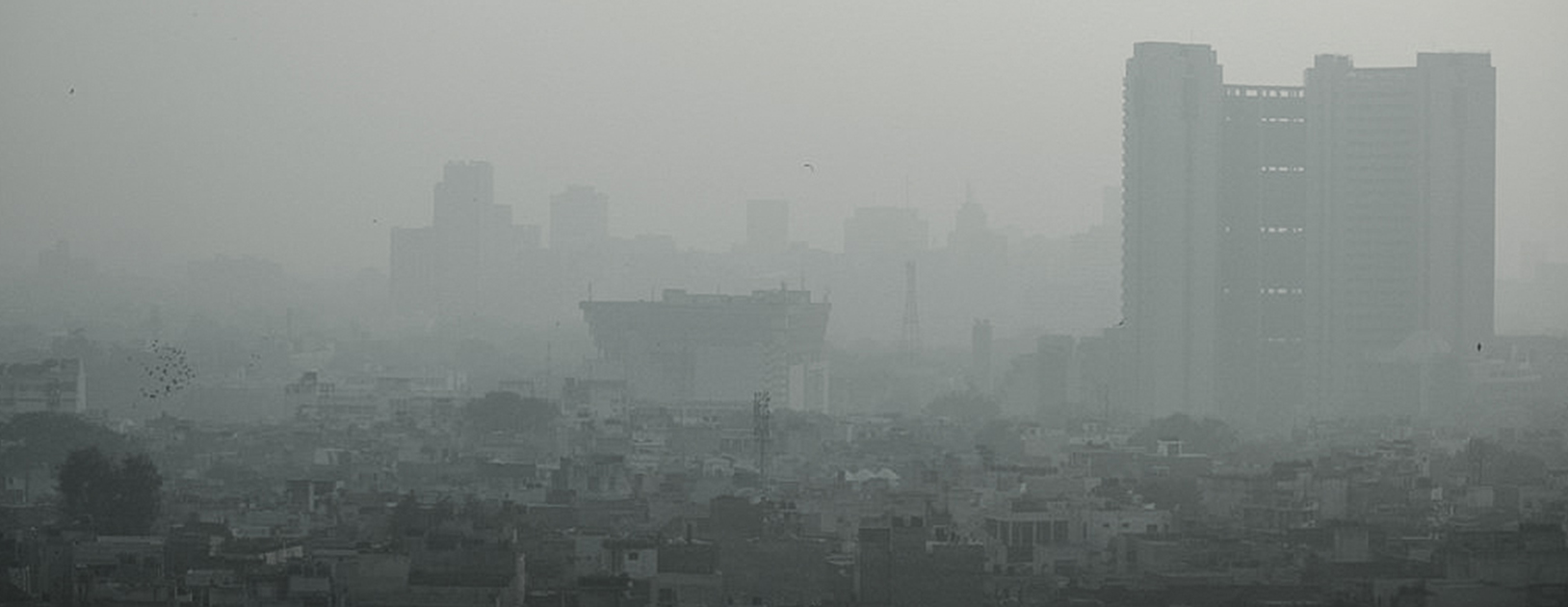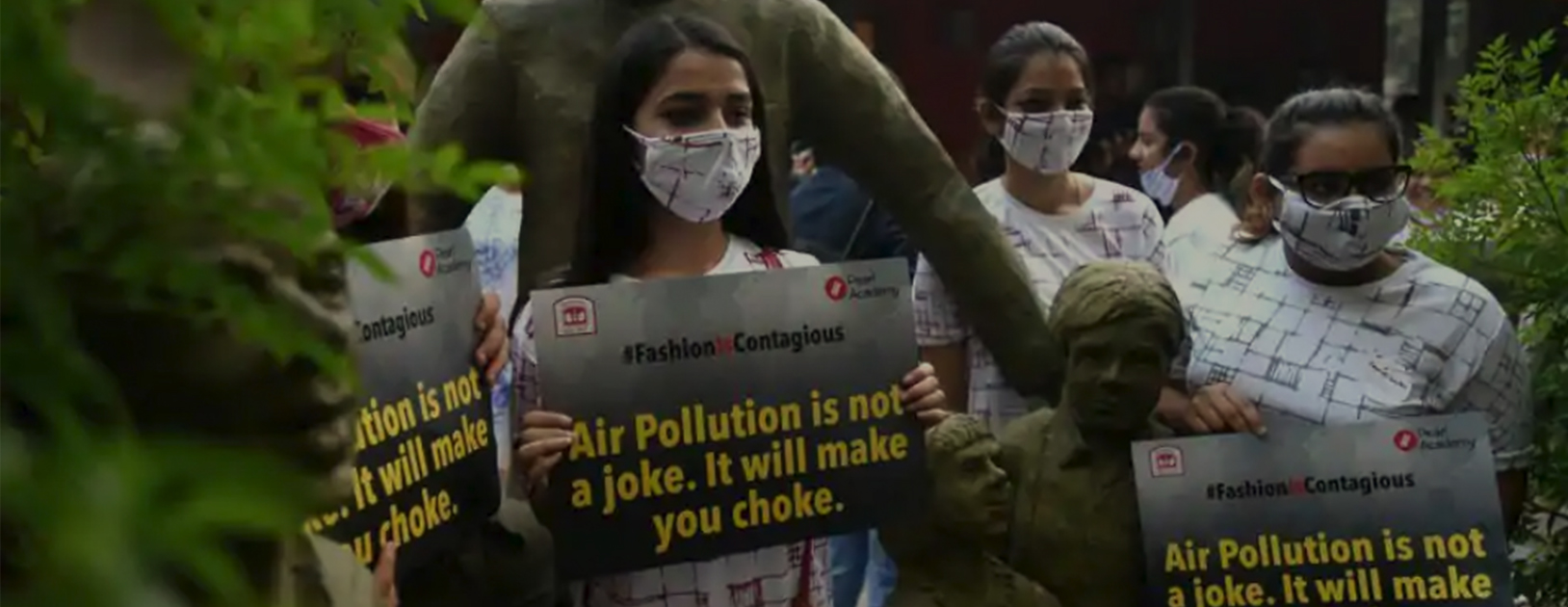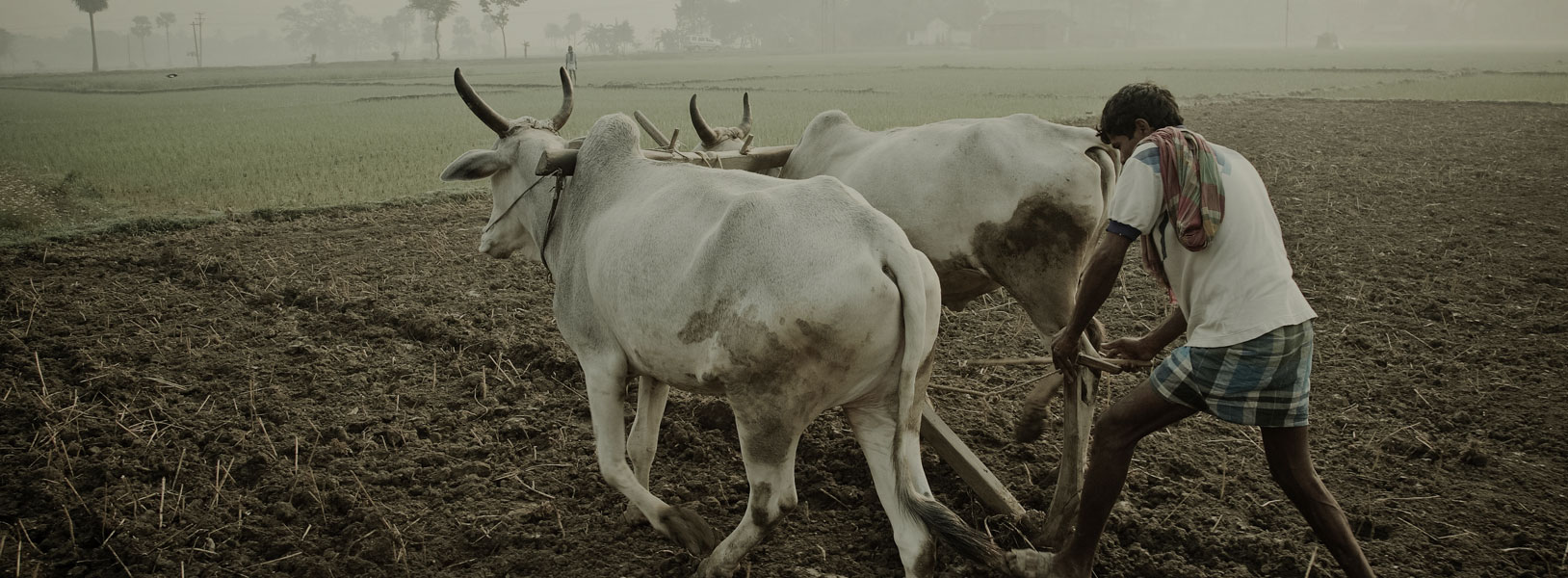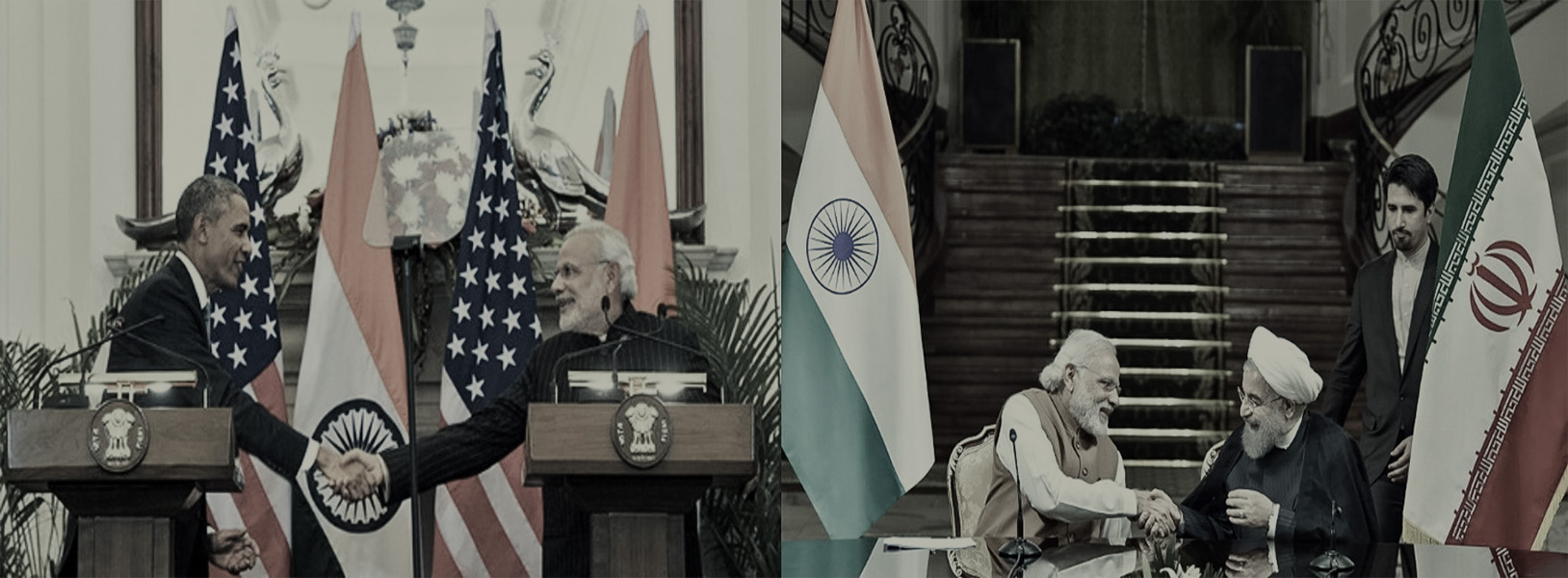
‘Power plants as a source of air pollution in India’ as part of the Clearing the Air? Seminar Series. The panellists were Vinuta Gopal, co-founder and director at Asar Social Impact Advisors Pvt Ltd, environmental lawyer Ritwick Dutta, and Priyavrat Bhati, the Energy Programme director at the Centre for Science and Environment. The panel was moderated by Shibani Ghosh, Fellow, Centre for Policy Research.
We have identified some important points that came up during the panel discussion and presented them in the form of a Q&A below. Videos of the panel discussion can be accessed here.
Videos and background information of other events in the Series can be accessed here.
Q: What are the main emissions from coal-based power plants, and how much air pollution do these emissions account for? Where are thermal power plants predominantly located?
Vinuta Gopal (VG): The main emissions from coal-based power plants that contribute to air pollution include sulphates, nitrates, mercury, and secondary particulate matter (which is largely formed by SOX emissions). Coal, fly ash, and secondary particles from thermal power plants and industries in Delhi contribute 35% of PM2.5 in the winter and 41% of PM2.5 in the summer. Since Delhi has 13 thermal power plants with a capacity of over 11,000 MW within a 300-km radius, these emissions are often blown into the NCR by the northwesterly winds. Beyond Delhi, in the Indo-Gangetic belt, satellite imagery shows a direct increase in particulate matter around Delhi, which can be correlated with the presence and growth of coal-based power plants in the region. More than half of the current operational power plants are in 5 states: Maharashtra, Uttar Pradesh, Chhattisgarh, Madhya Pradesh, and Gujarat. In addition, the Ministry of Power says that there are 47,800 MW of power plants under construction. About 40% of the existing power plants are privately owned.
Q: Can you tell us more about the 2015 emission standards for power plants?
VG: Draft power plant-specific emission standards were released in June 2015 by the Ministry of Environment, Forests and Climate Change (MoEFCC) and were finally notified in December 2015. The standards cover particulate matter, SOX, NOX, mercury and water use. The standards were differentiated, so thermal power plants installed before 2003, after 2003, and power plants installed after January 2017 were all given different standards. There were also distinctions in standards based on the size and capacity of the power plants (less or more than 500 MW). Largely, this was due to space constraints – the smaller plants would not have had the space to put in flue-gas desulphurisation (FGD) technology. The standards were to come into force in two years. However, the standards were ultimately not complied with. The matter is now before the Supreme Court.
There are also other rules around the longevity of power plants. According to the Central Electricity Authority (CEA), power plants should be renovated or retired after 25 years, and after 35 years, the plant should not be running. Indian power plants on the 25-year-mark will approach 29 GW by 2025. Indian power plants on the 35-year-mark will approach 50 GW by 2025. Interestingly, in the recently released National Electricity Policy plan, the CEA says that 23,000 MW should be retired by 2022. They are also saying that this retirement will not pose a threat to the power supply.
Q: Why are emission standards necessary for coal-based power plants?
VG: Thermal power plants are point-sources of pollution, so we can actively control their emissions. This is why emissions standards are important. The Central Pollution Control Board (CPCB) says that the 2015 emission standards could have resulted in significant progress, including a 48% decrease in NOX and SOX, a 40% reduction in PM, and a 60% reduction in mercury. This would have been important, since coal-based power plants generate about 75% of India’s electricity.
While talking about air pollution, we often refer to the peak problem – the period around October-November when pollution becomes a serious issue. However, we rarely talk about the baseload problem.
The thick blue line is actual PM10 emissions. The blue line below that is the national ambient air quality standard. Public debate around air pollution spikes in response to peak, episodic problems – such as Diwali smog, and stubble burning in October – but what we often fail to address is that throughout the year, we are inhaling poisonous air. This ‘baseload’ problem is ignored. Power plants contribute to the baseload. Without addressing power plants, you cannot address the baseload pollution.
Q: What was the process of designing the 2015 emission standards?
Priyavrat Bhati (PB): In December 2014, the CPCB started commissioning studies on air pollution due to international pressure, but the focus was on greenhouse gas emissions rather than pollution. The CPCB started to collect broad information on technology, including the boilers in place, technical controls over NOX emissions, and what methods existed to control particulate matter, including electrostatic precipitators (ESPs). They also had a series of expert consultations with manufacturers and retired officials to calculate broad levels of SOX and NOX emissions based on expert opinions on power supply. This was important, because there was a lack of data around NOX and SOX emissions and pollution at the time; Indian power plants were only tracking particulate matter, so SOX/NOX emissions were unknown. They complemented this research by studying regulatory mechanism across the world. What did not happen, unfortunately, was a detailed consultation or conversation with the power sector or the electricity boards. I believe that this was because at the time, the Ministry of Power was not in favor of emissions standards. The MoEFCC chose to issue draft emission standards in June 2015 and then receive detailed feedback from the Ministry of Power afterwards.
Q: Currently, are power plants doing anything to comply with the standards? Is the government attempting to comply in time for 2022?
PB: At the granular level, we do not know what plants are doing to comply with the standards, because we do not have data on emissions and the technical capacity of each plant. We have spoken to plants who are supposed to comply and they are surprised to be informed about the standards, and we have seen power plants that are not planning to put anything into place. That is how serious the disconnect is. It is a fundamental problem with the Central Electricity Authority. Having said that, there are power plants, including those of NTPC, that have been making strides. There is some action – it is just that there is no consistent, overarching plan or strategy, and something needs to be done about it.
Ritwick Dutta (RD): With the air pollution level so high, a power plant led by Tehri Hydro Development Corporation was allowed in Khurja, about 70 km from Delhi last year when they reported the average PM2.5 level at 62 micrograms. If you look at the document, the summer pollution levels are higher than the winter ones. But there were no questions from MoEFCC.
Q: How did the judiciary get involved in the issue?
RD: My involvement in this case began in February 2016, when a young researcher approached me with the view that there was no will to implement the 2015 standards. In May, we filed precautionary litigation in the National Green Tribunal (NGT), communicating the idea that these standards would not be enforced in two years. We wrote to the NGT as follows: if the government wants power plants in India to comply within two years, they must put systems in place, and report on these standards to the court. The litigation began, and the MoEFCC began submitting reports. What was interesting was that during the proceedings, the MoEFCC said – on affidavit – that in December 2017, they would initiate criminal action against non-compliant power plants. Throughout this process, the CPCB also had a consistent stance that everything was in place to ensure compliance. However, when asked, the MoEFCC said that there was no mechanism to ensure compliance, and that power plants were supposed to inform it of non-compliance, after which the Ministry would issue a notice. Beyond that, there was no mechanism. The CPCB has never prosecuted anyone till date, and the MoEFCC maintains that it is the CPCB’s job to follow up on such matters. On two occasions, the NGT was forced to issue warrants of arrest against MoEFCC officials, because they would not disclose anything about compliance. In October 2017, the Ministry filed an affidavit noting that power companies were currently in the planning stage for the issuance of a tender, clearly behind schedule. In November 2017, Senior Advocate Harish Salve moved an application in the Supreme Court, asking the Court to direct compliance with standards.
Q: Was the Supreme Court able to direct compliance with the standards? Why were the standards postponed to 2022?
RD: On December 12, 2017, the MoEFCC moved the Supreme Court to extend the compliance timeline of the 2015 notification by five years. However, the emissions standards were not directed or ordered by the Court, so asking the Court for an extension was puzzling! By going through the Supreme Court, the MoEFCC ensured that any dilution of the standards could not be questioned or corrected by lower courts. Also, in the legal proceedings and in the written paperwork submitted by the MoEFCC, there was no mention of the ongoing NGT case, even though this case was an appeal against the NGT’s order.
There was another disturbing development around this time. Normally, emission standards are notified by the MoEFCC, and the law says that only the Central Government is authorised to issue notifications. On December 9, 2017, the Additional Secretary in the MoEFCC wrote to the CPCB asking them to issue a notification, even though, under law, the CPCB has no real power to issue notifications. On December 11, 2017, one day before court proceedings, the CPCB issued a direction to all power plants, changing the deadline for compliance from December 2017 to 2022. This was done by an Additional Secretary by the name of AK Mehta, who came in for one day as chairman of the CPCB. In Court, the next day, the MoEFCC said that they wanted ‘prior approval’ before they extended the deadline. To our knowledge, the power plants were already informed by an illegal order issued by the CPCB! Our fear is that the government will do the same thing in 2022.
Q: What can be done to ensure compliance – should we rely on the courts? Should we be shutting down plants?
VG: The CEA has said that 26 GW of power should be shut down by 2022. To some extent, there is a move to acknowledge that not all plants should take these standards on. Some would be better off shutting down.
PB: The central government does not control many of the power plants that need to be shut down – those are owned by the states. The states do not have a plan either to shut things down. There is no legal requirement to shut down plants, but maybe compliance could hasten the process.
RD: This is not a simple environmental issue. The timeline and standards cannot be addressed at a minute level by the Supreme Court. Taking this to the NGT to ensure monthly reports and compliance would be much easier. At this point, realistically, 2022 is the deadline. The most critical issue is whether we can collectively decide on incremental deadlines for the next 6-10 months. Instead of waiting for 2022, we should create interim milestones to be achieved. The sad part here is that all the violators have escaped, despite repeated statements that compliance was on track. In that sense, the larger fight is one for accountability and transparency.
Q. What can we change about the process of implementing these standards?
PB: It is clear as daylight that our regulatory processes are not efficient. Frankly speaking, we need to enhance the capacities of these organisations. In the CPCB, there is only one person handling the regulatory work. They do not have the capacity to do everything that they need to do. That’s the current governance situation. One of the board members on the NTPC is a Joint Secretary with the Ministry, so you have the same people on both sides (the regulatory side and the executive side). You are negotiating with yourself.
Also, in a democracy, a broader stakeholder participation process is necessary for environmental laws. In this case, the back and forth between the stakeholders and the slow process of buy-in would have helped. However, that did not happen. Hence, this became a top-down approach. One can argue that the air pollution debate is currently being driven from the top. Although there should have been a mass movement around air quality while we were notifying the standards, that did not happen. So now, the second-best thing is an appreciation for emissions standards and policies, with advocacy and support from civil society.
VG: The public debate has largely been about Delhi and the National Capital Region (NCR). However, it’s clear that every citizen in India has the right to clean air and good health. Power plants are supposed to be making their stack emissions public, and not enough has been done to make those emissions known publicly. There is some work for civil society to do there.





